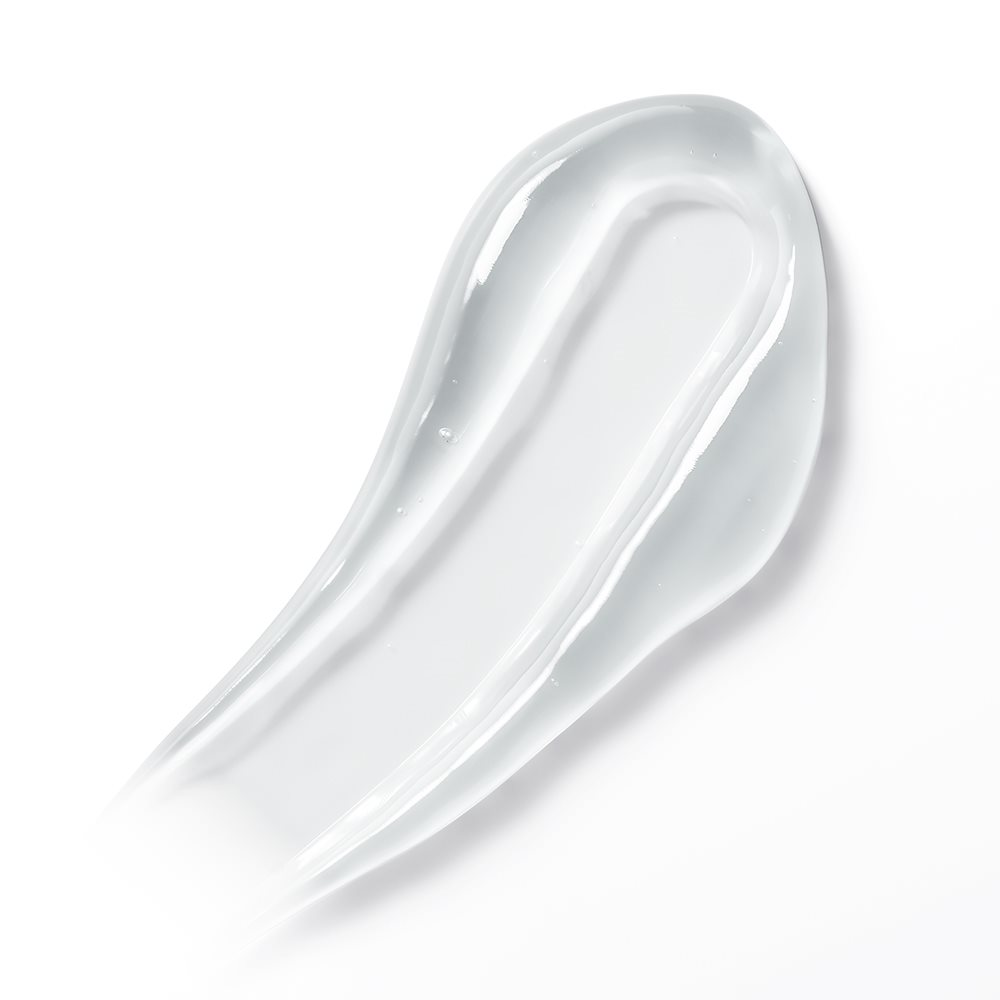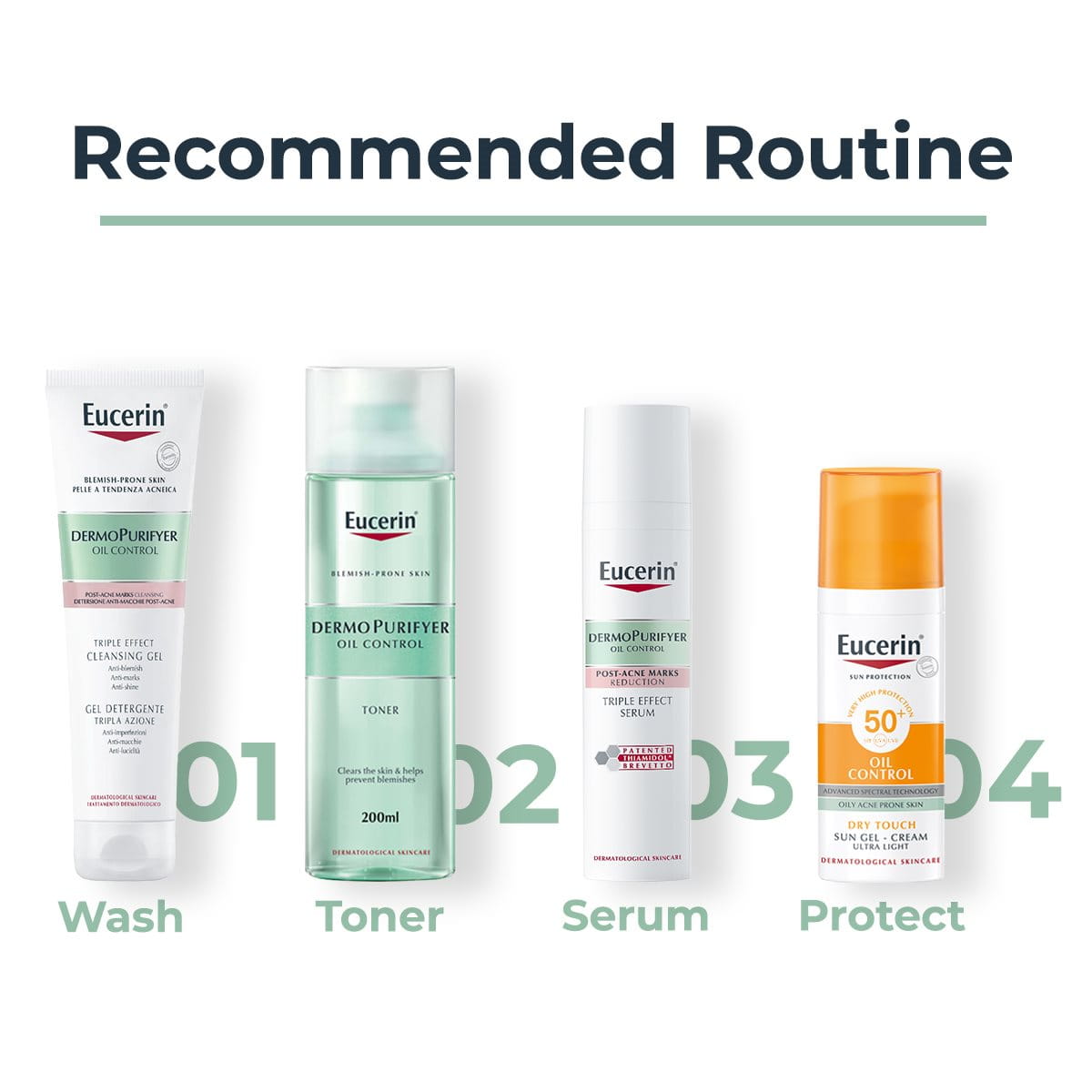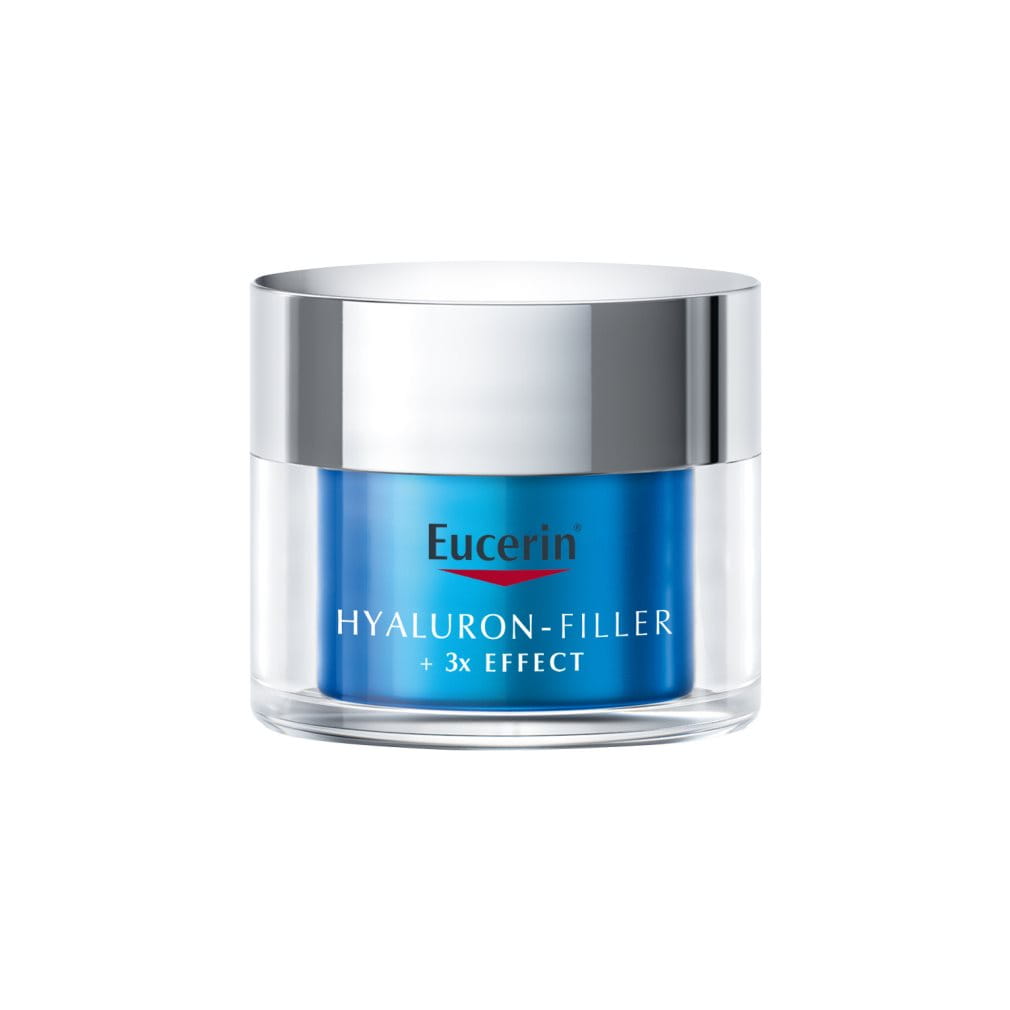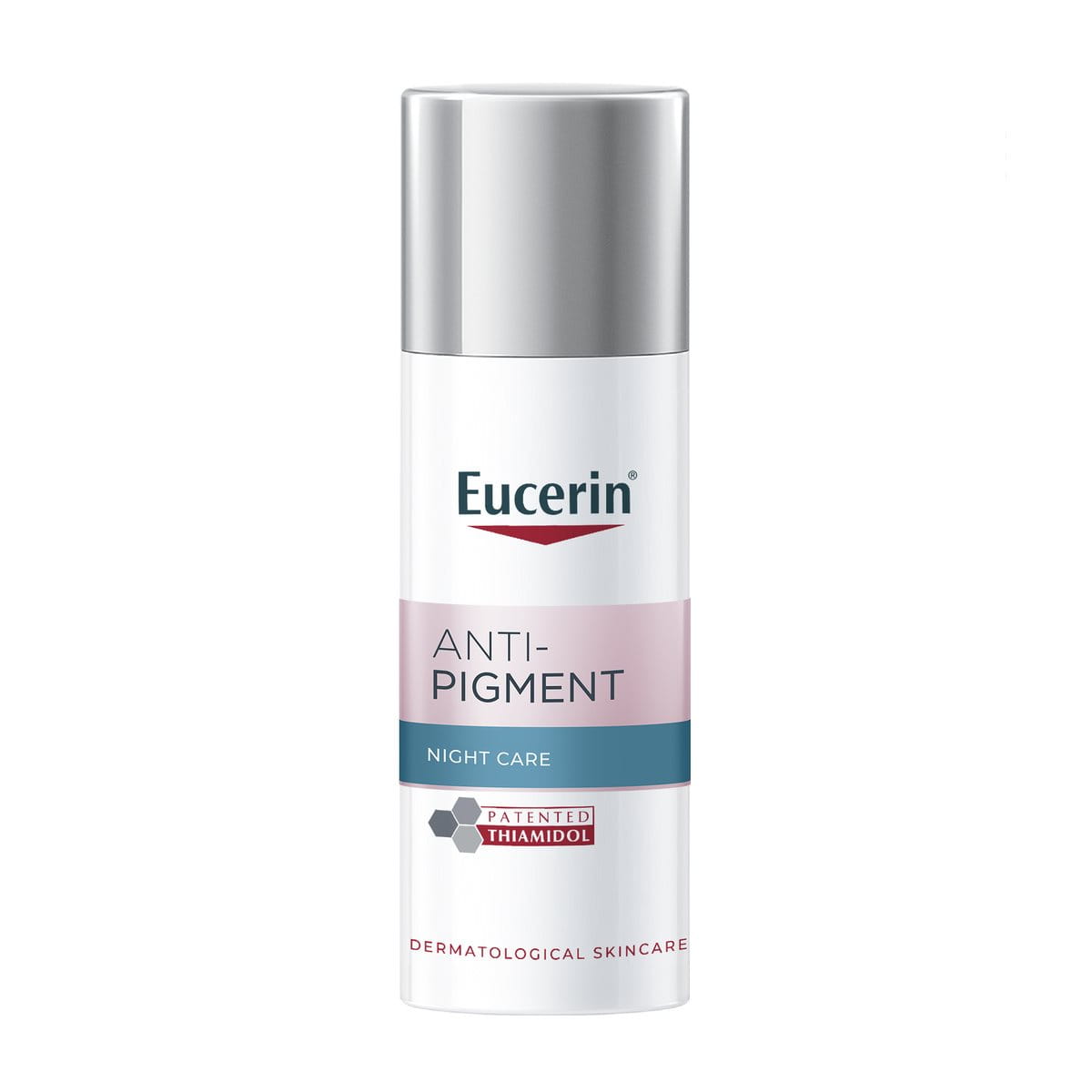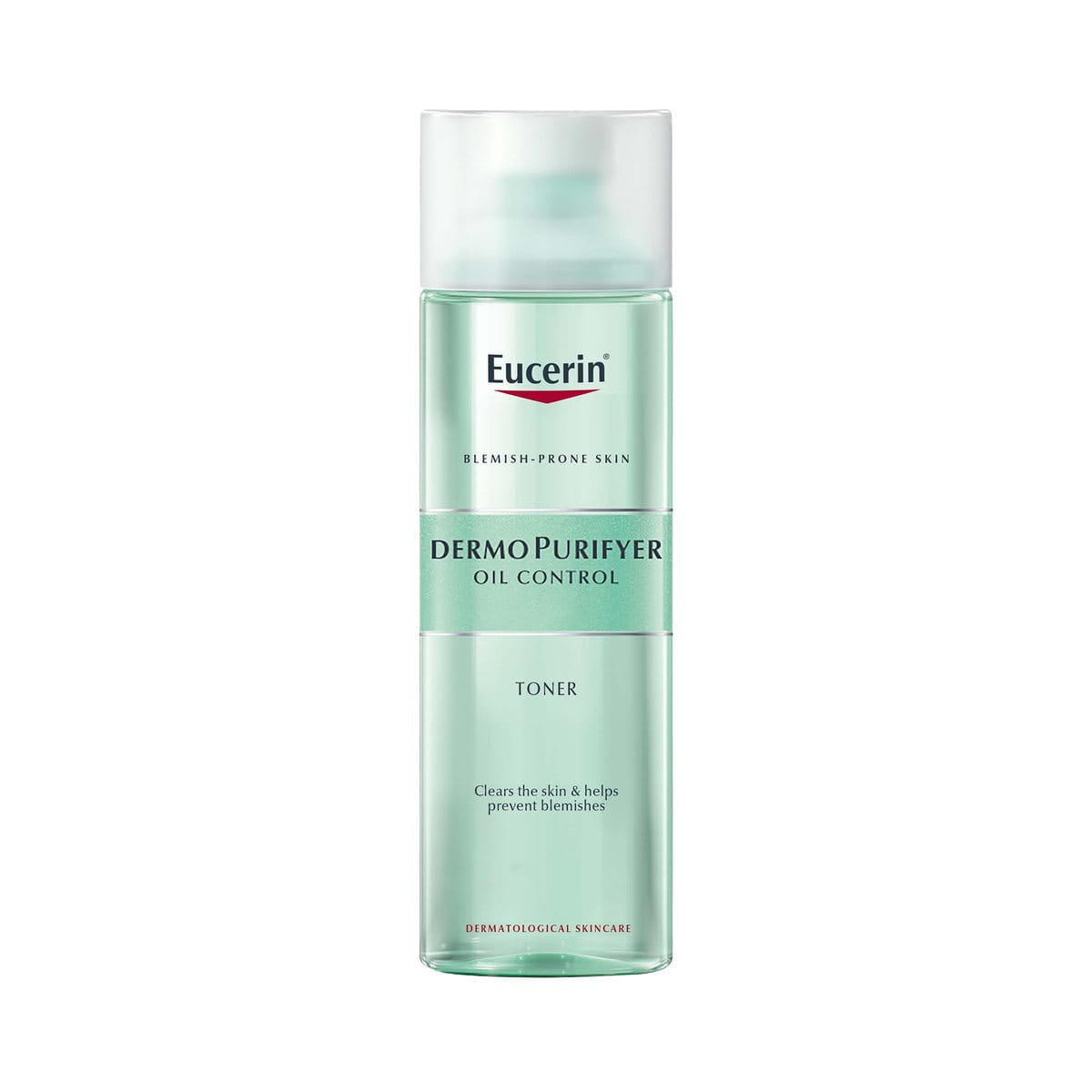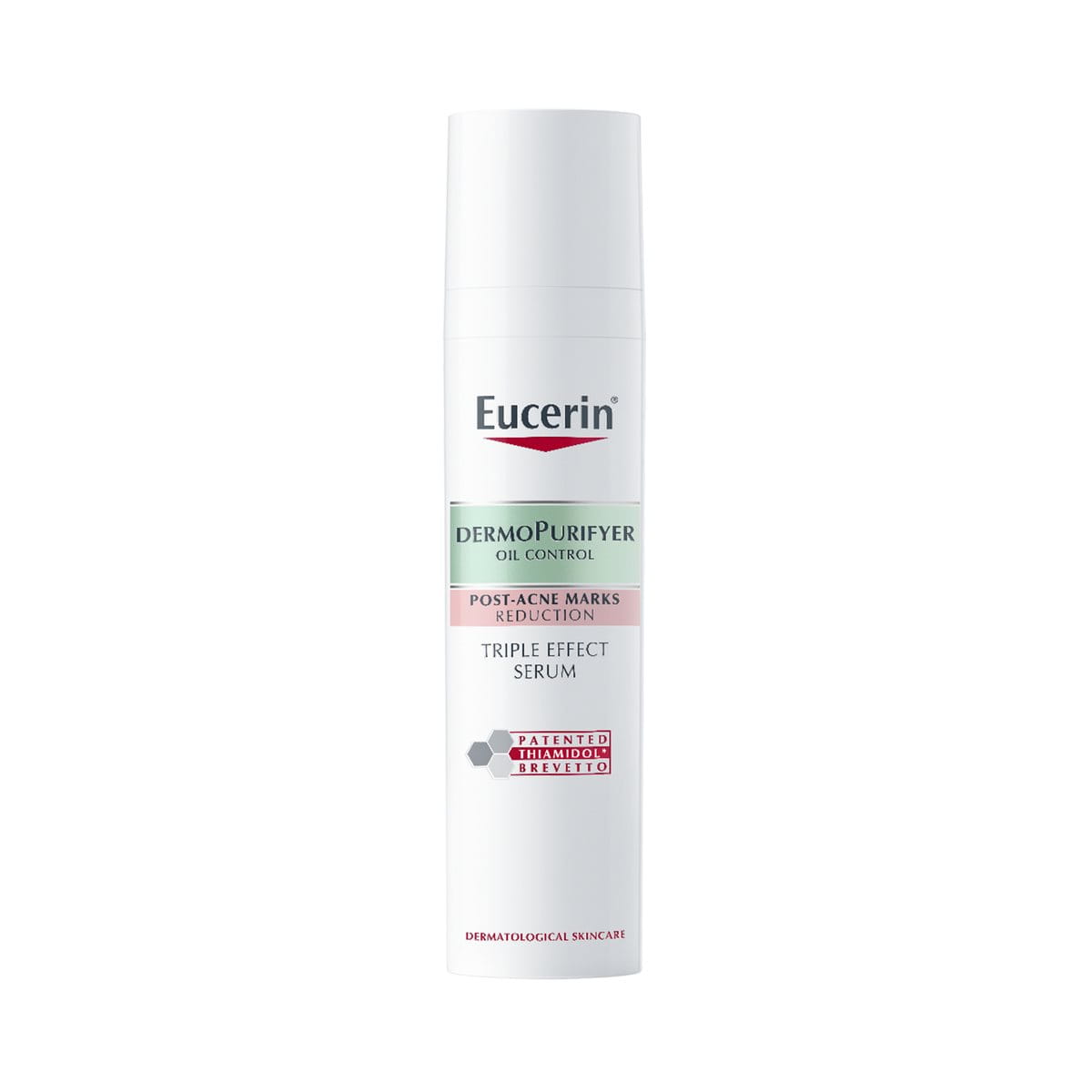Cold weather may feel refreshing, but it often comes with a downside: dry, flaky, and irritated skin. It leaves you reapplying moisturiser or battling chapped lips. This guide breaks down the causes behind dry skin in winter, how to prevent it, and the best dermatologist-approved ingredients and routines to restore hydration, strength, and comfort.
Keynotes:
- Winter weather can leave your skin dry, itchy, and irritated.
- Low humidity, cold winds, indoor heaters, hot showers, itchy clothes, etc. can exacerbate the dryness.
- Treat dry skin in winter with humectant-rich moisturisers with ingredients like hyaluronic acid, ceramides, and panthenol.
- Consult your dermatologist and adapt to a hydrating skincare routine tailored for winter.


